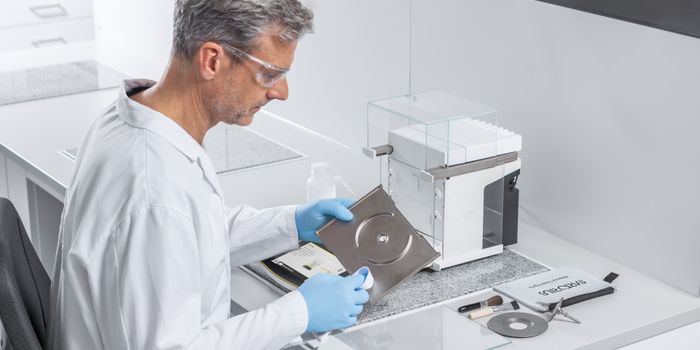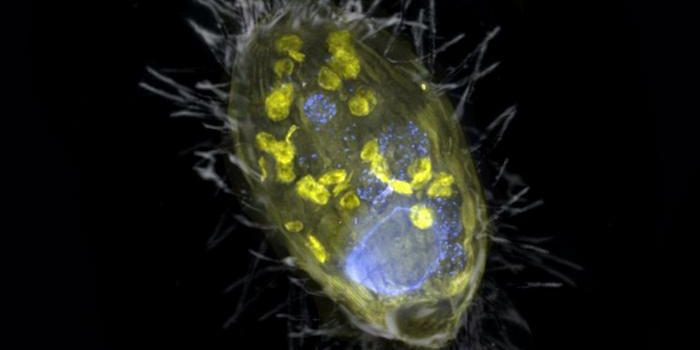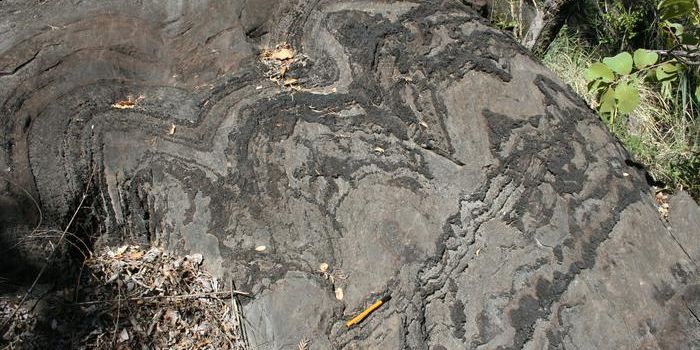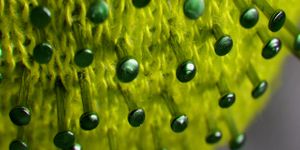Thermoluminescence Dating: How Heating Ancient Pots Can Help Determining Their Age
Radiometric dating is an effective method for determining the age of the material, whether a mineral or a piece of organic tissue, by counting the amount of radiation that's embedded in the matter. However, this technique is useless when it comes to learning about the age of pottery or ancient structures: the age of the material hardly has nothing to do with when the materials are shaped and built by humans.
Since its first discovery in the 1950s, thermoluminescence dating (TL) has been giving archeologists much needed help dating the age of ceramic artifacts, which often contain thermoluminescent minerals (such as fluorite). The chemo-optical technique measures the amount of fluorescence emitted from energy stored in the ancient objects by heating them up, providing scientists a precise estimate of when they were last processed.
Due to the radiation exposure from the surrounding environment or cosmic rays, electrons within a mineral can be energized and knocked out of their "comfort" space (where the energy is lowest), creating imperfections in the otherwise neat crystalline structure. During pottery production, ceramic objects heat up to high temperatures above 600°C (1112 F) in a pit or a kiln, which "irons out" these imperfections.
So how does TL dating take advantage of this quirky property of these ancient artifacts?
When applying this method, archeologists split a scrapped off sample into two fractions. They heat up one fraction to the 400-500 °C, and measure how much light it emits as the "misplaced" electrons reset completely. For the other, they conduct the same heating process, but also re-expose it to a known radiation source, to measure how readily the electrons got "mixed up" inside the pot in the first place. By finding out the complete amount of imperfections and the rate they form over time, scientists can identify the age of the artifacts.
The method has proven its value by helping archeologists establish the chronology for pottery sheds in many historical sites. For example, TL dating was used to determine the age of Indus Valley civilization occupations, which was resistant to radiocarbon dating.
Source: SciShow via Youtube








